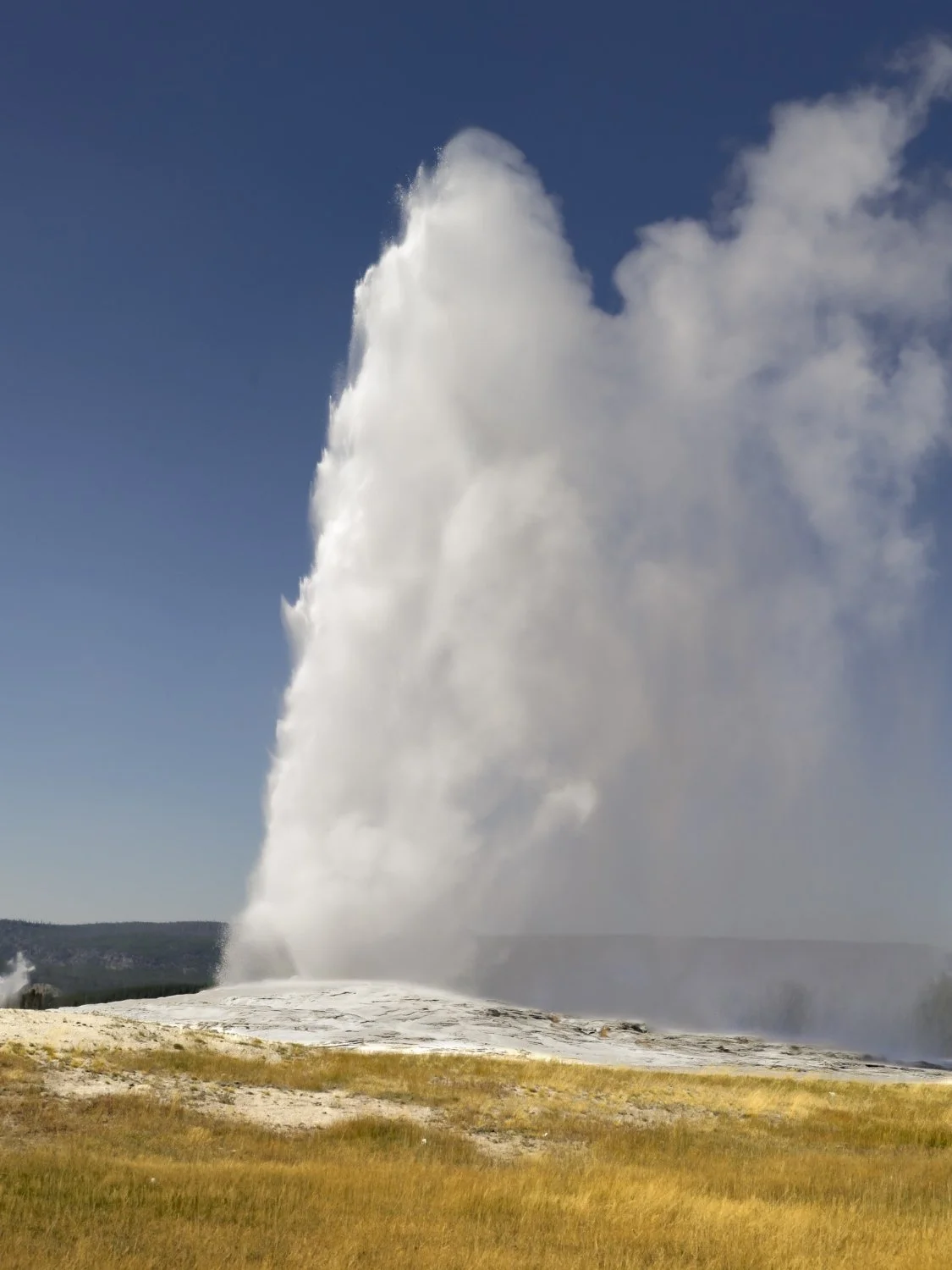THE GEYSERS – THE LARGEST GEOTHERMAL FIELD IN THE WORLD AND THE FUTURE OF CLEAN ENERGY
In the heart of the Mayacamas Mountains, about 115 kilometers north of San Francisco, lies one of the most impressive geothermal springs in the world – The Geysers. This geothermal complex extends over 117 square kilometers through Sonoma, Lake and Mendocino counties in California, and is the largest single geothermal field in the world.
The story of The Geysers begins back in 1922, when the first attempt was made to exploit the geothermal potential of the area. Although the attempts at that time were unsuccessful due to a lack of technological solutions, the real momentum came in the 1950s. Thanks to the cooperation of the companies Magma Power and Thermal Power, with advances in drilling and turbine technology, the first commercial well was drilled in 1955, and in 1960 the first geothermal power plant in the United States was commissioned – right at The Geysers.
By 1989, the 23rd plant had been built, bringing the total installed capacity to 2,043 MW. Today, 18 geothermal power plants operate in The Geysers, generating a combined 900 MW of electricity—enough to power approximately 900,000 homes.
Geothermal System and Sustainability
Steam energy is extracted from an underground reservoir in greywacke, while heat is provided by a vast chamber of molten rock located about 7 km below the surface. Some of the more than 350 drilled steam springs reach depths of up to three kilometers. In the late 1980s, a decline in steam production was observed. In order to maintain the sustainability of the system, an innovative solution was introduced—injecting treated wastewater from the city of Santa Rosa and surrounding facilities. Today, 18 million gallons of recycled water are returned to the reservoir daily, maintaining the natural steam production cycle.
California’s Green Pillar
The Geysers now provide about 20% of California’s total green energy, supplying several counties – including Sonoma, Lake, Mendocino, Marin and Napa. Thanks to its reliability, longevity and growing focus on sustainability, this geothermal field remains a key energy pillar for California and an example of how renewable energy can work on a large scale.
Geothermal energy is one of the most stable sources of renewable energy because it allows for continuous electricity generation throughout the day, regardless of weather conditions. This makes it a particularly reliable source for energy systems that require constant and predictable power.
In addition to stability, geothermal energy is environmentally friendly – it has a low carbon footprint, minimal environmental impact and allows for long-term sustainability, especially when systems are used to return water to underground reservoirs. Examples such as The Geysers geothermal field in California show that this energy can be used on a large scale and efficiently. Given the growing need for clean and secure energy sources, geothermal energy has great untapped potential worldwide. With further investment and technological innovation, it can play a key role in the transition to a low-carbon and sustainable energy future.
Source:https://www.power-technology.com/projects/the-geysers-geothermal-california/?cf-view; https://www.usgs.gov/volcanoes/clear-lake-volcanic-field/science/geysers-geothermal-field

